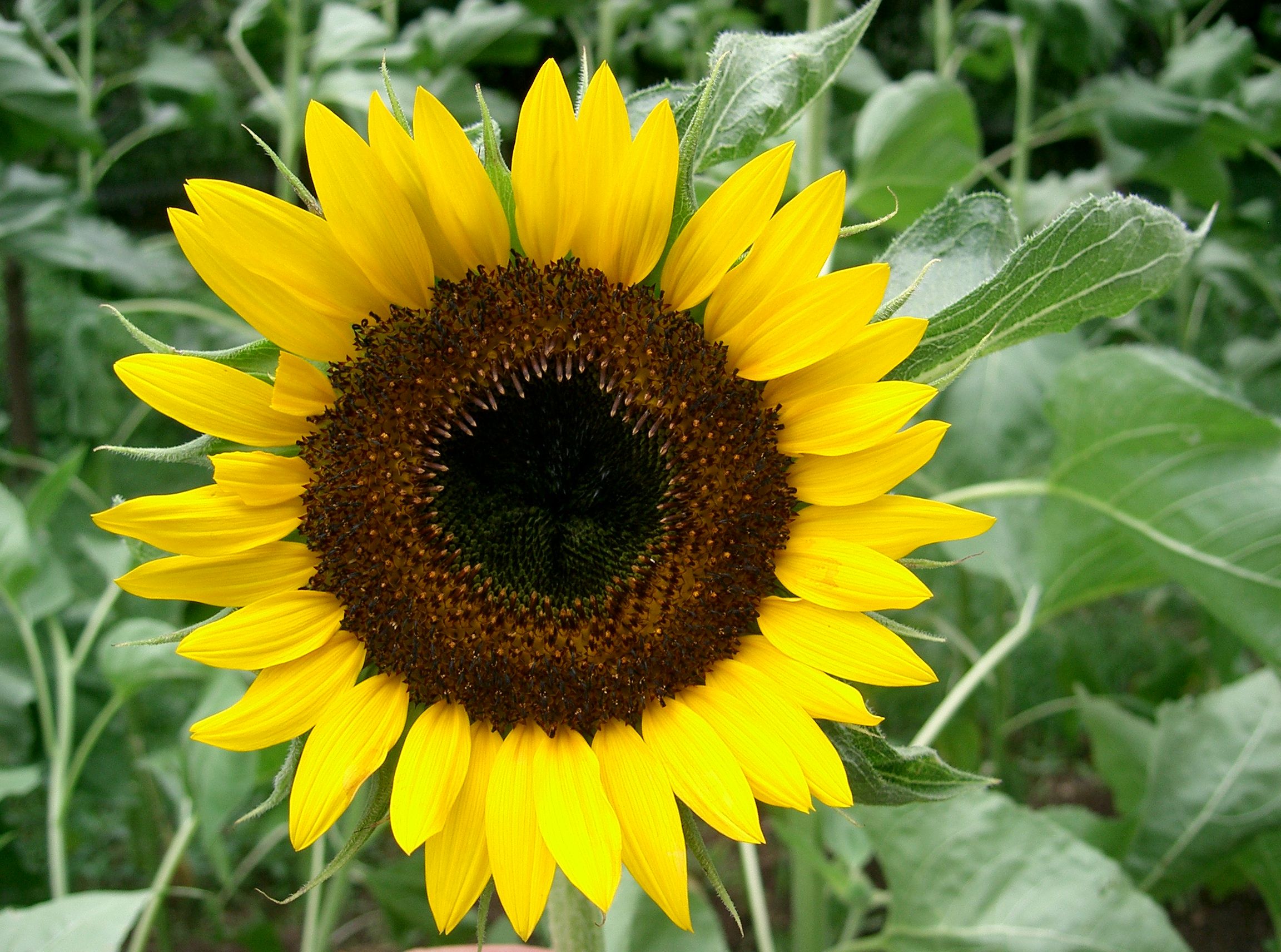
Sunflower, Helianthus annuus L., is a major oil seed crop widely cultivated throughout the globe. White mold, caused by necrotrophic pathogen Sclerotinia sclerotiorum (Lib.) de Bary, is a common and widespread pathogen of sunflower. The infection process of S. sclerotiorum was studied in the stem base of infected host tissues by light microscopy and Hemi-thin sectioning techniques. Host-pathogen interactions were examined at the plant surface and cellular level of a susceptible genotype (C146), 12, 24 and 48 h of post inoculation. The results showed that the appressoria were formed and the hyphal strands branched upon contact of pathogen with the host surface. Moreover a direct penetration of fungal hyphae was observed through the cuticle within 12h of inoculation. Microscopic observation of inoculated tissues after 24 hours revealed that fungal hyphae have developed both inter- and intra-cellular layer. Moreover, the fungal hyphae growth was incremental among and inside the host cells. The host cells were completely colonized by fungal mycelium 48 hour after inoculation, leading to a tissue collapse. The hyphae invaded the dead host tissues and emerged from the host tissue after extensive colonization. The present study has detailed the infection processes and pathogen development both at plant surface and inside the host tissues. The results of this study will be useful for engineering of disease-resistant genotypes and development of markers for screening pathogen resistance individuals.
Full text
here